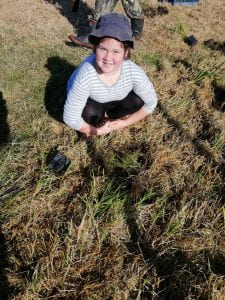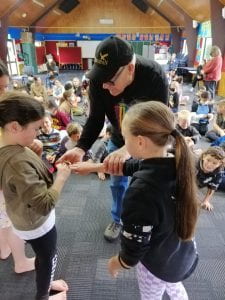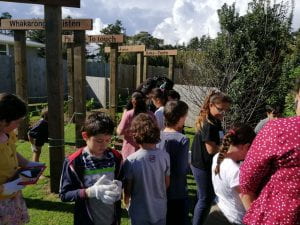Every Tuesday, Arlen, Whaea Kiran and two other lovely Te Manga students cook or bake. This term the students have had a chance to make shortbread, popcorn, chocolate cake, nachos, gingerbread men, mince savouries, chocolate crackles, pizzas, muffins and cheese scones. Everyone loves Tuesday’s thanks to Arlen and Whaea Kiran. Thank you to both of you!



























































































